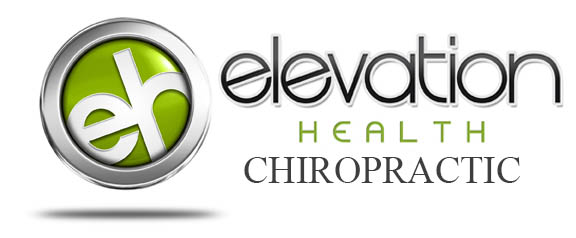For a long time, chiropractic adjustments and other manual therapies have been a mainstay of holistic health care, providing relief from musculoskeletal discomfort and fostering general wellness. Technology is transforming chiropractic procedures as it develops, improving treatments’ efficiency, accuracy, and patient-friendliness. Here are some ways that chiropractic care is being improved by contemporary technology. If you want a Chiropractor Near Me in Canada, contact Dr Brian Nantais from Nantais Family Chiropractic at Elevation Health.
Let’s delve into the topic:-
- More Advanced Diagnostic Instruments
- Computerized Adjusting Instruments
- Laser Therapy
- Telehealth Services
- Electronic Health Records
More Advanced Diagnostic Instruments:
A precise diagnosis is essential for chiropractic therapy to be successful. Chiropractors may now more accurately diagnose patients thanks to a variety of sophisticated diagnostic instruments that have been made possible by modern technology:
Digital X-rays:
Unlike traditional film X-rays, digital X-ray technology produces sharper, more detailed images of the spine and joints. It improves the accuracy with which chiropractors can detect misalignments, degenerative changes, and other problems.
MRI and CT Scans:
These imaging technologies help chiropractors diagnose soft tissue disorders, such as herniated discs and nerve compression, that may not show up on X-rays.
Thermography:
This technique detects changes in body temperature, which might point to locations with poor blood flow and inflammation. It assists chiropractors in identifying underlying problems and tracking the efficacy of therapy.
Computerized Adjusting Instruments:
Chiropractic care has always been characterized by manual adjustments, however, contemporary technology is improving traditional methods with computerized adjusting tools:
Activator Methods:
This method applies fine, low-force adjustments using a portable, spring-loaded device. The gadget’s accuracy and speed contribute to improved patient comfort and a lower chance of damage.
ProAdjuster:
This device analyzes the spine using digital sensors and makes precise, mild adjustments. Chiropractors can ensure the best possible treatment results by monitoring the spine’s response in real-time using the ProAdjuster’s feedback system.
Laser Therapy:
Light energy is used in laser therapy, also known as low-level laser therapy, a non-invasive procedure that promotes healing and lessens pain and inflammation.
Pain Relief:
Laser treatment can significantly lessen the associated pain of illnesses such as bursitis, tendinitis, and arthritis.
Tissue Repair:
Laser light energy speeds up the healing process for injuries like sprains and strains by stimulating cell growth and repair.
Inflammation Reduction:
Laser therapy aids in reducing inflammation, which is advantageous for ailments such as carpal tunnel syndrome and sciatica.
Telehealth Services:
The COVID-19 epidemic hastened the use of telemedicine in chiropractic therapy as well as other areas of healthcare. The use of telehealth services has become crucial in contemporary chiropractic clinics.
Virtual Consultations:
Chiropractors make it easier for patients to obtain therapy by performing initial exams and follow-up consultations online without driving to the clinic.
Exercise Programs at Home:
Chiropractors can use video conferences to walk patients through customized exercise regimens and ensure they execute the moves correctly to speed up their recovery.
Remote Monitoring:
Wearable technology and applications improve the continuity of therapy by enabling chiropractors to monitor their patients’ progress and modify treatment programs as necessary.
Electronic Health Records (EHR):
In chiropractic offices, the use of electronic health record (EHR) systems has reduced administrative procedures and enhanced patient care:
Effective Documentation:
Electronic Health Record (EHR) systems digitize patient data, facilitating quick access and record updating. It saves time and lowers errors.
Data Analysis:
Chiropractors can use data from EHR systems to monitor treatment results, spot patterns, and make data-driven choices that will enhance patient care.
Improved Communication:
EHR systems facilitate communication between chiropractors and other medical professionals, guaranteeing a more coordinated approach to patient treatment.
Conclusion
Modern technology improves chiropractic operations, making them more accessible, accurate, and efficient. Chiropractors can now provide higher-quality care with computerized adjusting equipment, advanced diagnostic instruments, telemedicine services, and electronic health record systems. Chiropractic care will continue to advance as technology does, providing people looking for pain relief and a route to improved health with even greater results. If you want a Chiropractor Near Me in Canada, contact Dr Brian Nantais from Nantais Family Chiropractic at Elevation Health.


